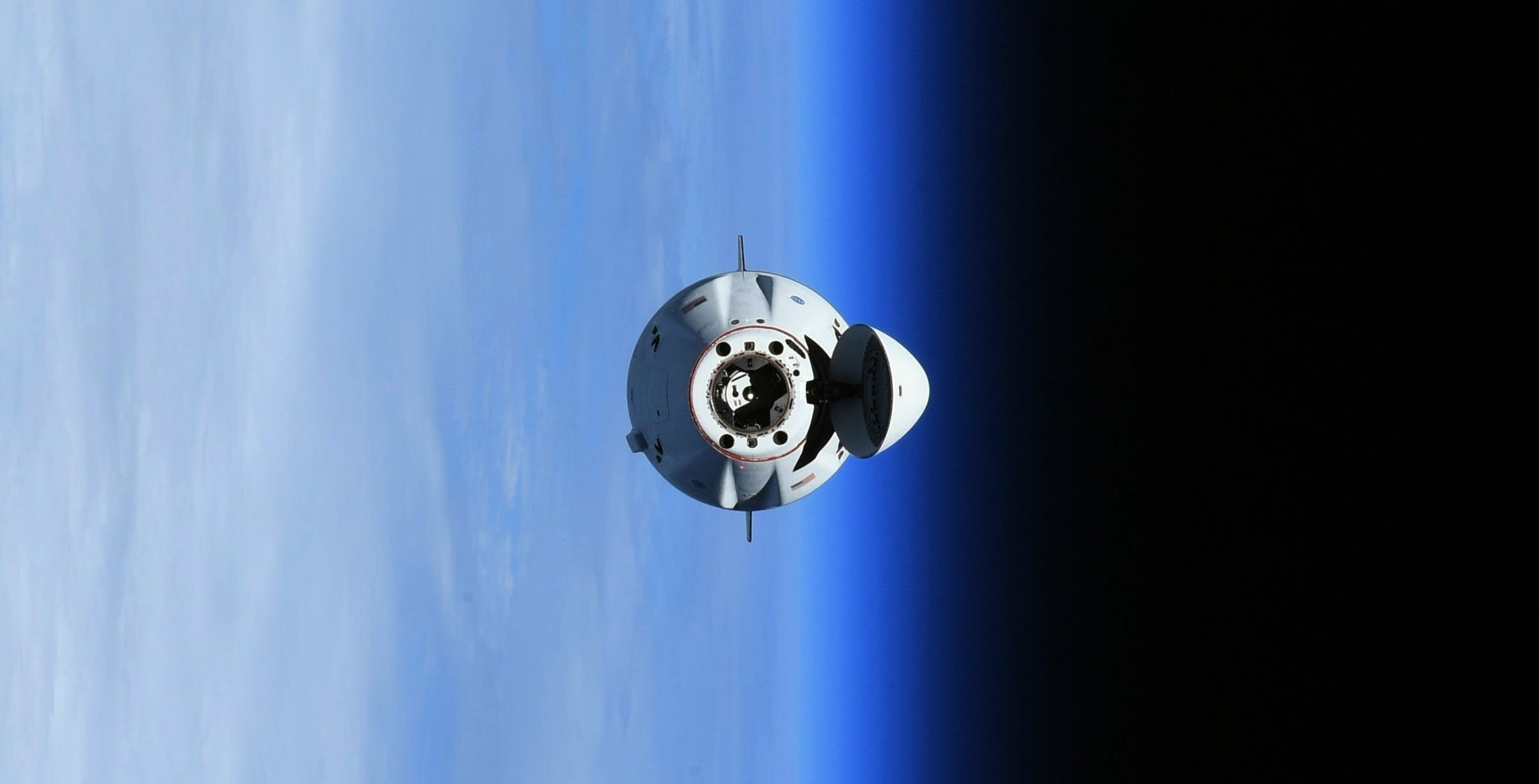CRS-31: The 31st ISS resupply mission via Dragon
This is a short summary of the CRS-31 mission.
The Launch
On November 4, 10:29 PM Eastern time, a SpaceX Falcon 9 rocket will lift off from LC-39A, carrying NASA’s CRS-31 resupply mission aboard a Cargo Dragon capsule. SpaceX’s new booster, 1088, will be making its first flight with this mission, and the Cargo Dragon powering this mission, C208, will be making its 5th flight on this mission. Eight minutes after liftoff, B1088 will make its first landing at Landing Zone 1 at Cape Canaveral Air Force Station, after pushing Dragon to low earth orbit.
What’s onboard?
Onboard the Dragon are science experiments to study solar wind, a radiation tolerant moss, some spacecraft materials, and cold welding in space.
CODEX, the solar wind experiment, is supposed to help scientists understand what heats the solar wind, and what makes it shoot out of the sun at almost a million miles per hour. CODEX has been in development ever since 2019, at the Goddard Space Flight Center. Knowing the source of solar wind can help improve space weather forecasts in the future.
Next up is ARTEMOSS, the radiation tolerance experiment involving Antarctic moss to see how plants handle radiation, which is crucial for future deep space missions. If a plant can survive harsh conditions, then it will be useful for harvesting and eating during lunar and Mars missions in the future. Antarctic Moss is suitable for spaceflight due to them not requiring many resources to maintain, they are small, and they absorb water from the air.
There is the Euro Material Aging investigation from the European Space Agency, which has two experiments on it. The first was developed by French space agency CNES, with materials being chosen by many different European groups with scientific and technological value. The second experiment focuses on organic samples and how they react to unfiltered ultraviolet light. The samples that have been exposed to unfiltered UV light will be returned to earth for further study and analysis in the splashdown of a future cargo mission. Seeing how different materials react to the harsh environment of space is crucial in creating better designs for satellites.
Finally, there is the experiment for repairing spacecraft from the inside using cold welding, known as Nanolab Astrobeat. Because less force is needed to weld metals together in space than on earth, cold welding could be an effective repair method in space. In case anything dangerous happens to a capsule, such as micrometeoroid and debris strikes, astronauts can repair it from the inside of the spacecraft, which is safer than performing an EVA to fix the issue.
References:
https://en.m.wikipedia.org/wiki/List_of_Falcon_9_first-stage_boosters

